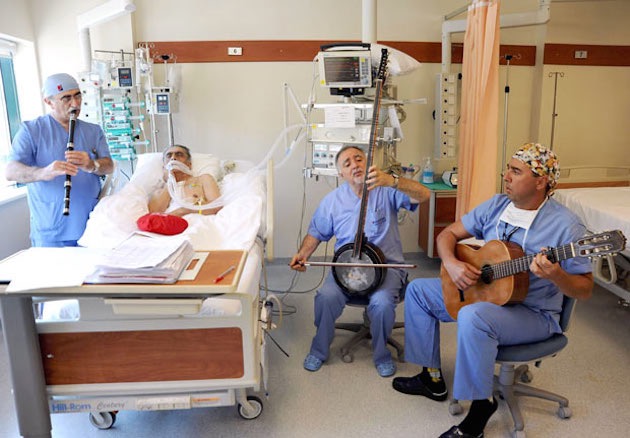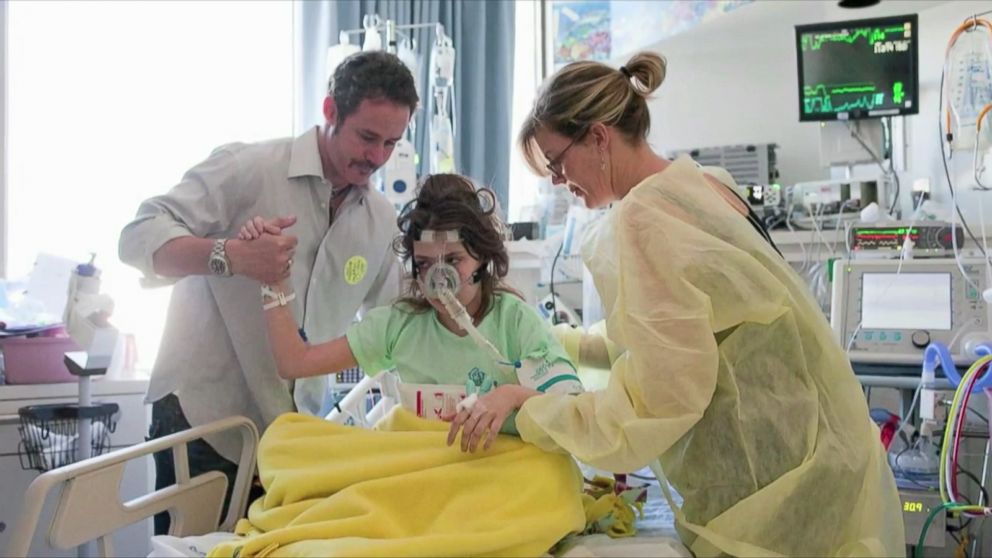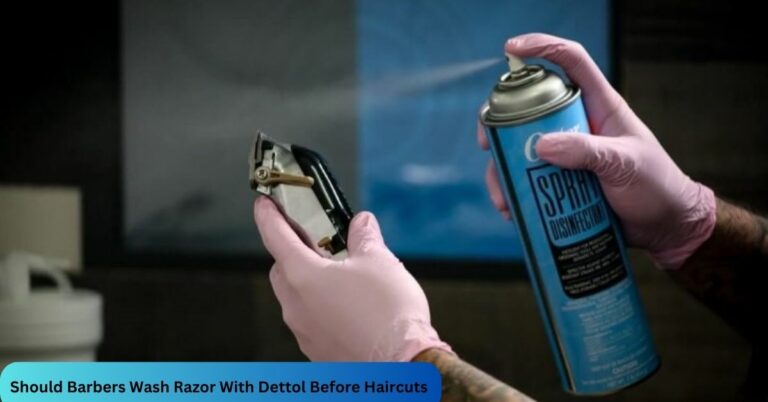How do people in a coma get a hair cut? – All You Need To Know!
When someone enters a coma, their physical well-being, including haircare, becomes essential. While it may initially seem challenging, I have gathered techniques to provide haircuts for comatose patients.
Haircut for coma patients involve salons, bedside services, or caregiver assistance. Strategies include gentle communication and touch. They ensure comfort, hygiene, scalp health, and dignity.
Let’s delve deeper into how these individuals receive the specialized care they need.
Table of Contents:
The Importance Of Haircuts For Coma Patients – Explore Now!
Maintaining proper haircuts for coma patients is essential for several reasons. Firstly, it contributes to their hygiene, preventing matting, tangling, and accumulating dirt and debris.

Secondly, it promotes a healthy scalp, minimizing the risk of skin-related complications such as infections or dandruff. Additionally, proper hair care plays a role in sensory stimulation, providing a comforting experience for the patient.
Lastly, maintaining a well-groomed appearance can help preserve the patient’s dignity and self-esteem, even if they cannot express it themselves.
Read Also: Short Sides Long Top Haircut – Expose Dynamic Men’s Style In 2023!
Top 4 Methods For Providing Haircuts For Coma Patients – Let’s Explore Different Approaches!
Firstly, Traditional Haircutting:
Sometimes, a coma patient may be taken to a salon or a designated area within the medical facility where a professional hairdresser can provide a haircut.

In this case, The patient’s head is positioned comfortably, and the hairdresser uses standard haircutting tools such as scissors or electric clippers to trim or style the hair.
Next Is The Bedside Haircutting:
Fortunately, if the patient cannot be moved easily or it is not feasible to transport them, haircutting can occur at the bedside. Moreover, a hairdresser or a caregiver would bring the necessary tools and equipment to the patient’s room and perform the haircut there.
Further Method Can Be A Mobile Hairdressing Services:
In some cases, mobile hairdressing services are available, where a professional hairdresser specializing in working with individuals with limited mobility or medical conditions can visit the patient at their location.
However, hairdressers are trained in hospitals or care facilities to provide haircuts in various settings.
Lastly, Caregiver or Medical Staff Assistance:
When professional hairdressers are unavailable, caregivers or medical staff may be trained to provide basic haircuts. They would typically use appropriate tools and techniques to ensure the safety and comfort of the patient.
Read Also: How to Get Edgar Cut Video Tutorial — Discover Your Look!
Tips for Haircuts for Coma Patients – Enhancing Comfort and Sensory Stimulation:
Soft Communication:
- Speak softly and calmly to the patient throughout haircutting. Use a soothing tone of voice and provide reassurance.
- Even though the patient may not be able to respond, hearing familiar and comforting voices can provide a sense of security.
Gentle Touch:
- Incorporate gentle touch during the haircut. Lightly touch the patient’s scalp, shoulders, or arms to provide a reassuring and calming sensation.
- Pay attention to the patient’s reactions and adjust the pressure or intensity of touch accordingly.

Music or Ambient Sounds:
- Play soft, soothing music or ambient sound during the haircut. Avoid loud or jarring sounds that may cause discomfort.
- Choose calming melodies or nature sounds that can create a serene environment and help relax the patient.

Calming Scents:
- Use gentle aromatherapy techniques to create a calming atmosphere. Certain scents, such as lavender or chamomile, are known for their relaxation properties.
- Use a diffuser or apply a small amount of essential oil (adequately diluted) to a cloth or cotton ball placed nearby to introduce subtle and pleasant scents.
Read also: Why Barbers Are Supposed To Sanitize After Each Client’s Haircut? – Ensuring Cleanliness And Safety!
Visual Stimulation:
- Consider the patient’s environment during the haircut. Ensure the lighting is soft and avoid harsh or flickering lights that may be distressing.
- Position the patient near a window to provide natural light and a view of the outdoors, which can positively impact their mood.
Gradual Sensory Introduction:
- Introduce sensory stimuli gradually and in a controlled manner.
- Begin with more straightforward and less intense stimuli, such as soft touches or gentle sounds, before progressing to more complex sensations.
- This gradual approach allows the patient to acclimate and minimizes the risk of overwhelming them.
Attentive Observation:
- Observe the patient’s reactions and body language throughout the haircut.
- Look for signs of discomfort or agitation, such as increased muscle tension or changes in breathing patterns.
- Adjust or modify the sensory stimuli to ensure the patient’s well-being and comfort.

Personal Preferences:
- Take into account the individual preferences and sensitivities of the coma patient. While some patients may find certain sensations soothing, others may have specific aversions.
- Communicate with the patient’s family or caregivers to understand their likes, dislikes, and sensory preferences.
Frequently Asked Questions:
1. Can coma patients feel pain during haircuts?
Yes, Coma patients may have varying sensory perceptions, and while some may still experience pain, the extent of their awareness is uncertain. Prioritizing patient comfort is crucial during haircuts.
2. Are there specific tools for cutting coma patients’ hair?
Medical teams may recommend and utilize specialized tools such as gentle scissors or adjustable electric clippers based on the patient’s condition, ensuring optimal care during haircuts.
3. How often should haircuts be given to coma patients?
Haircut frequency for coma patients depends on hair growth, hygiene needs, and the patient’s condition. Establishing a regular schedule in collaboration with the medical team is recommended.
Conclusion:
Haircuts for coma patients provide a compassionate and sensory experience. These haircuts prioritise comfort and emotional well-being through gentle communication, soothing touch, and personalized approaches.
After all, By providing compassionate and comprehensive hair care, we can help these individuals feel valued, comfortable, and supported during challenging times.







